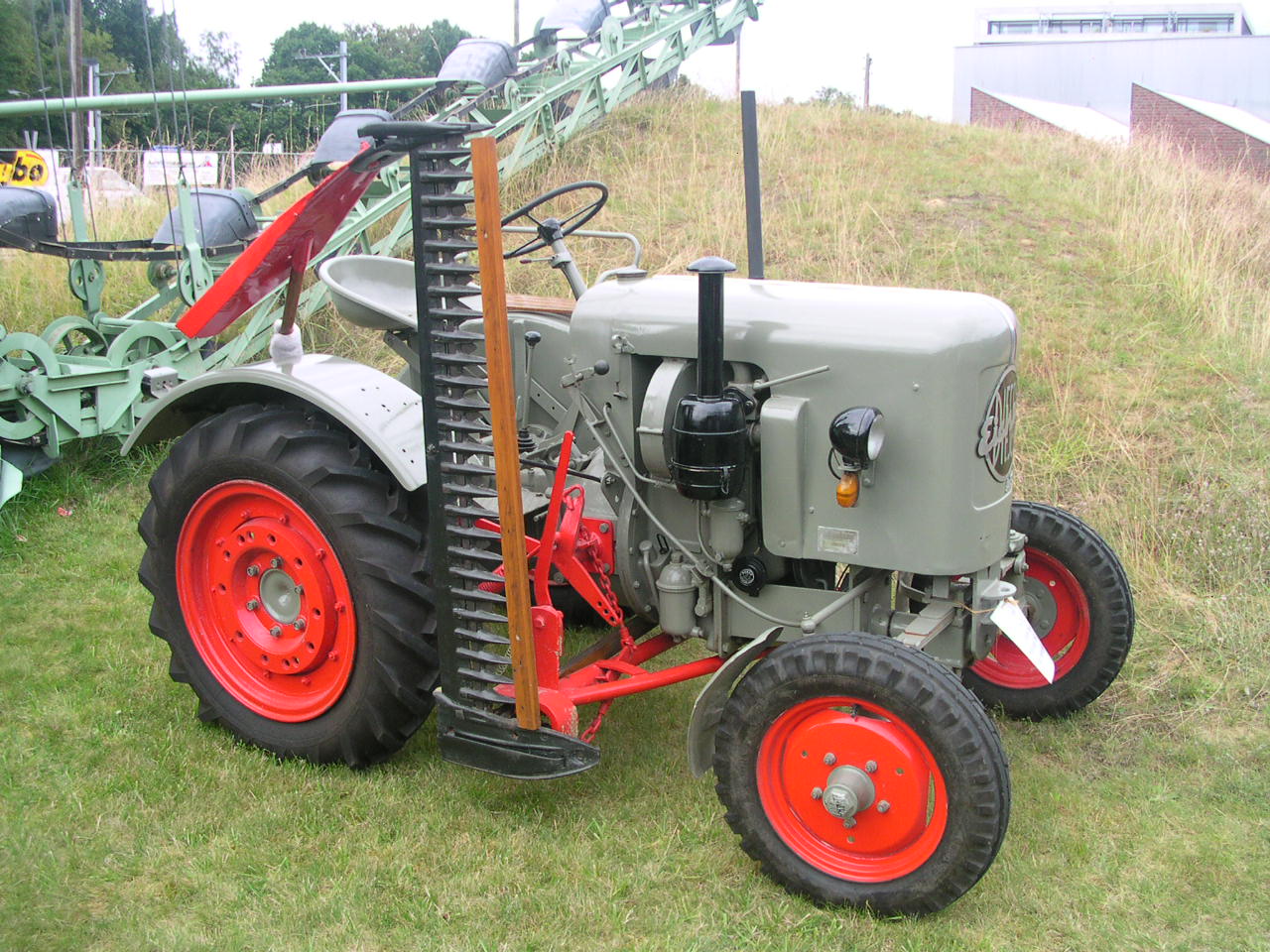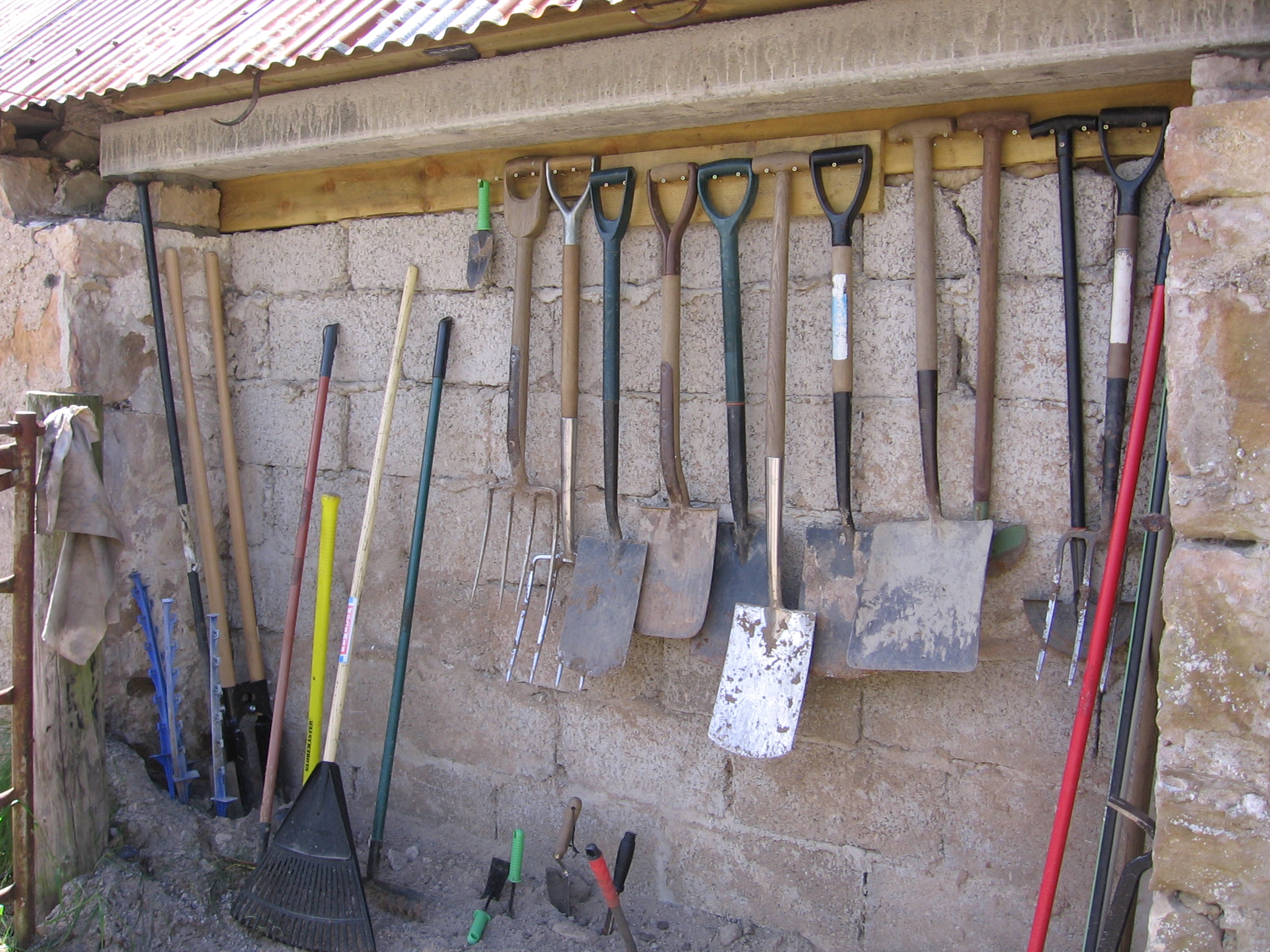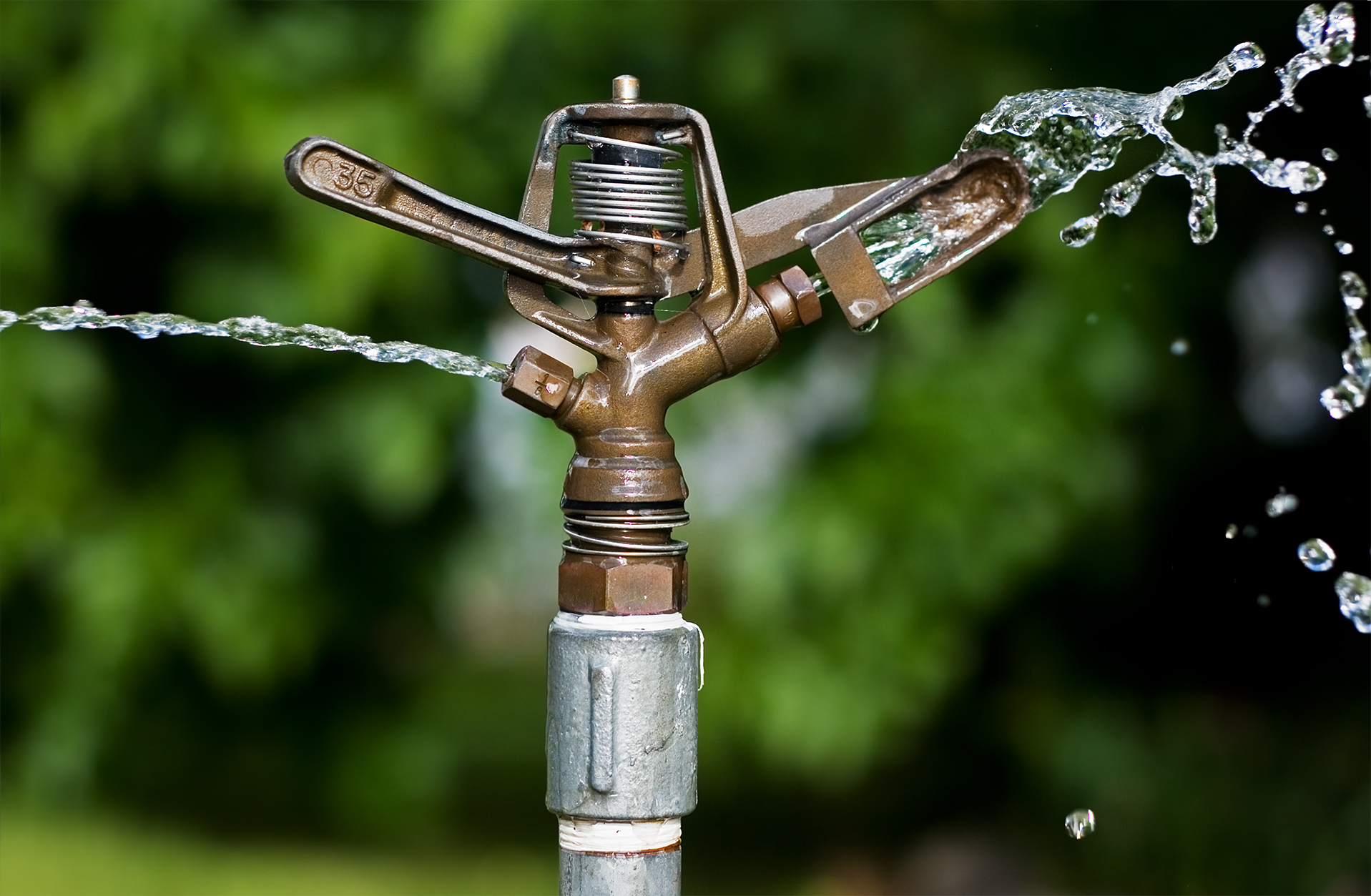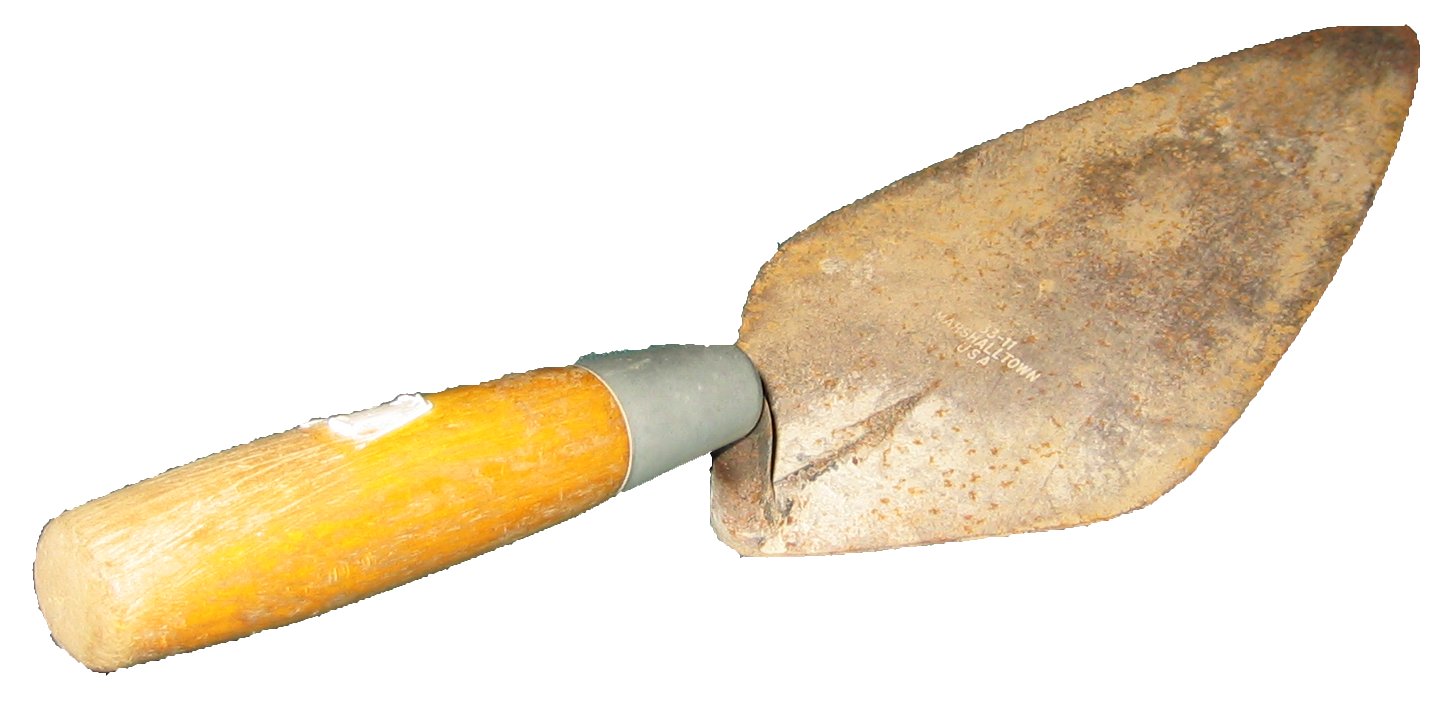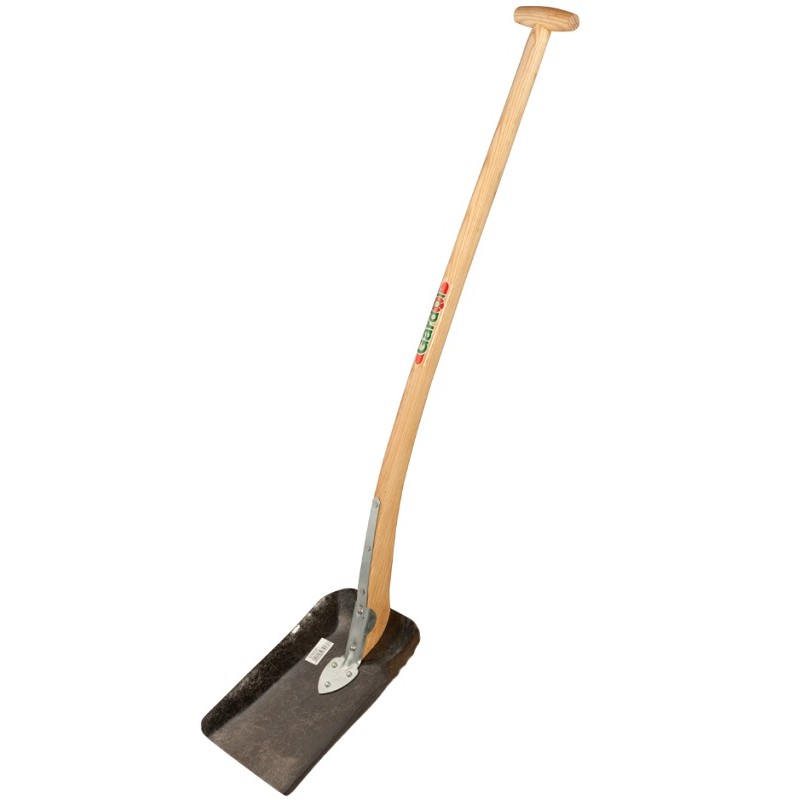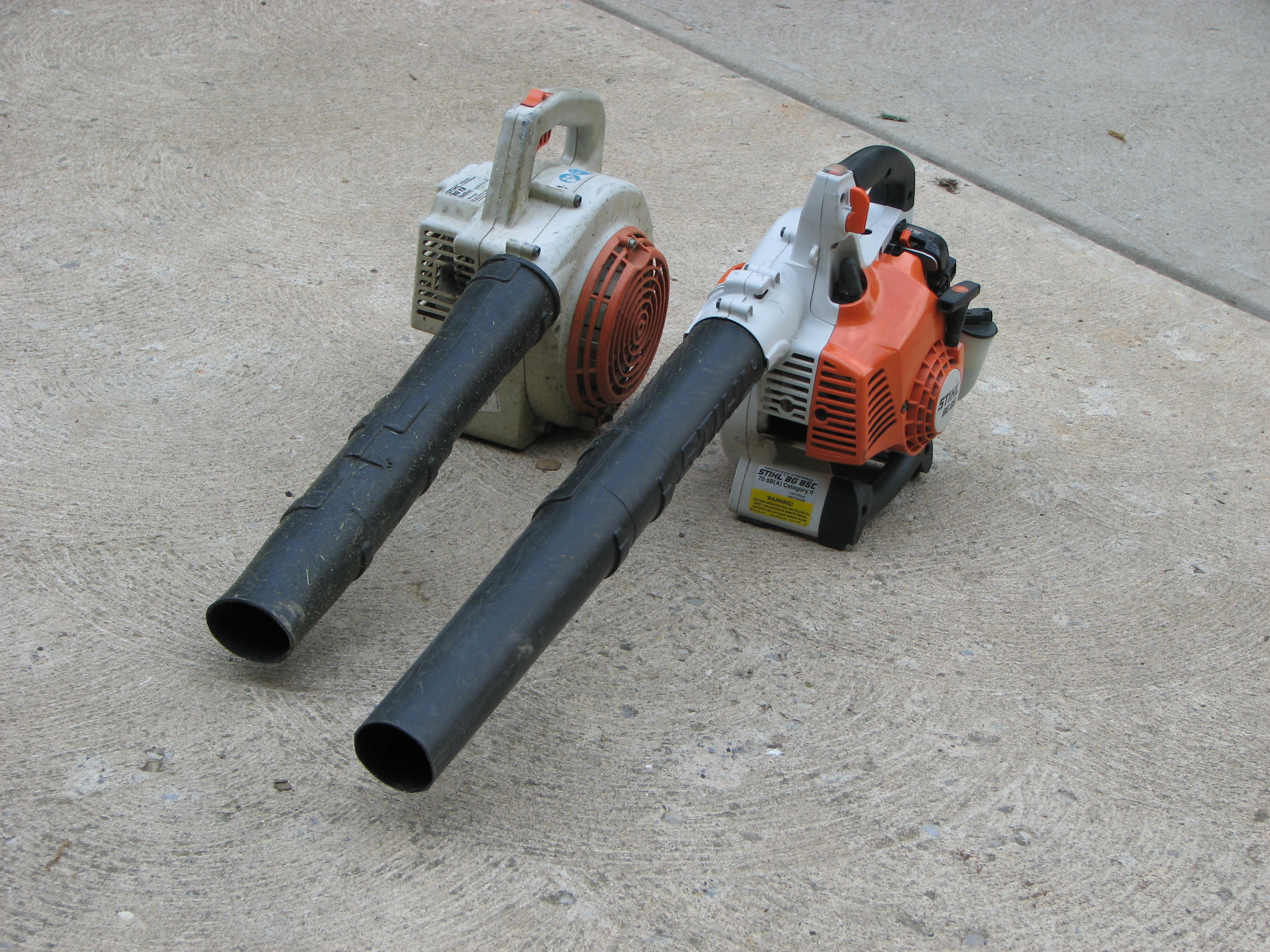|
Groundskeeping Equipment
Groundskeeping is the activity of tending an area of land for aesthetic or functional purposes, typically in an institutional setting. It includes mowing grass, trimming hedges, pulling weeds, planting flowers, etc. The U.S. Department of Labor estimated that more than 900,000 workers are employed in the landscape maintenance and groundskeeping services industry in the United States in 2006. Of these over 300,000 workers were greenskeepers for golf courses, schools, resorts, and public parks. Compare gardener. Occupation A groundskeeper is a person who maintains landscaping, gardens or sporting venues (and their vegetation where appropriate) for appearance and functionality. In Britain the word ''groundsman'' (occasionally ''groundswoman'' if appropriate) or ''park-keeper'' is used much more commonly. The Football Association confers a Groundsman of the Year award. In Australia, the word ''curator'' is often used for a person undertaking this job, especially those involving cric ... [...More Info...] [...Related Items...] OR: [Wikipedia] [Google] [Baidu] |
Garden Pool In Filoli, Woodside, California
A garden is a planned space, usually outdoors, set aside for the cultivation, display, and enjoyment of plants and other forms of nature. The single feature identifying even the wildest wild garden is ''control''. The garden can incorporate both natural and artificial materials. Gardens often have design features including statuary, follies, pergolas, trellises, stumperies, dry creek beds, and water features such as fountains, ponds (with or without fish), waterfalls or creeks. Some gardens are for ornamental purposes only, while others also produce food crops, sometimes in separate areas, or sometimes intermixed with the ornamental plants. Food-producing gardens are distinguished from farms by their smaller scale, more labor-intensive methods, and their purpose (enjoyment of a hobby or self-sustenance rather than producing for sale, as in a market garden). Flower gardens combine plants of different heights, colors, textures, and fragrances to create interest and delight the se ... [...More Info...] [...Related Items...] OR: [Wikipedia] [Google] [Baidu] |
Mower
A mower is a person or machine that cuts (mows) grass or other plants that grow on the ground. Usually mowing is distinguished from reaping, which uses similar implements, but is the traditional term for harvesting grain crops, e.g. with reapers and combines. A smaller mower used for lawns and sports grounds (playing fields) is called a ''lawn mower'' or ''grounds mower'', which is often self-powered, or may also be small enough to be pushed by the operator. Grounds mowers have reel or rotary cutters. Larger mowers or '' mower-conditioners'' are mainly used to cut grass (or other crops) for hay or silage and often place the cut material into rows, which are referred to as ''windrows''. '' Swathers'' (or ''windrowers'') are also used to cut grass (and grain crops). Prior to the invention and adoption of mechanized mowers, (and today in places where use a mower is impractical or uneconomical), grass and grain crops were cut by hand using scythes or sickles. Mower configurations ... [...More Info...] [...Related Items...] OR: [Wikipedia] [Google] [Baidu] |
Watering Can
A watering can (or watering pot) is a portable container, usually with a handle and a funnel, used to water plants by hand. It has been in use since at least A.D. 79 and has since seen many improvements in design. Apart from watering plants, it has varied uses, as it is a fairly versatile tool. The capacity of the container can be anywhere from 0.5 litres (for indoor household plants) to 10 litres (for general garden use). It is usually made of metal, ceramic or plastic. At the end of the spout, a "rose" (a device, like a cap, with small holes) can be placed to break up the stream of water into droplets, to avoid excessive water pressure on the soil or on delicate plants. History The term "watering can" first appeared in 1692, in the diary of keen cottage gardener Lord Timothy George of Cornwall. Before then, it was known as a "watering pot". In 1886 the "Haws" watering can was patented by John Haws. The patent read "This new invention forms a watering pot that is much easie ... [...More Info...] [...Related Items...] OR: [Wikipedia] [Google] [Baidu] |
Garden Tool
A garden tool is any one of many tools made for gardening and landscaping, which overlap with the range of tools made for agriculture and horticulture. Garden tools can be divided into hand tools and power tools. Hand tools Today's garden tools originated with the earliest agricultural implements used by humans. Examples include the hatchet, axe, sickle, scythe, pitchfork, spade, shovel, trowel, hoe, fork, and rake. In some places, the machete is common. The earliest tools were made variously of wood, flint, metal, tin, and bone. The development of metalworking, first in copper and later in bronze, iron, and steel, produced today's durable tools, including such efficient cutting tools as pruning shears (secateurs – for example anvil pruners), grass shears, and loppers. Increasing use of modern alloys allows many tools to be made both stronger and lighter, making them more durable and easier to use. Ergonomics Some modern tool designs reflect ergonomic considerations ... [...More Info...] [...Related Items...] OR: [Wikipedia] [Google] [Baidu] |
Irrigation Sprinkler
An irrigation sprinkler (also known as a water sprinkler or simply a sprinkler) is a device used to irrigate (water) agricultural crops, lawns, landscapes, golf courses, and other areas. They are also used for cooling and for the control of airborne dust. Sprinkler irrigation is the method of applying water in a controlled manner in way similar to rainfall. The water is distributed through a network that may consist of pumps, valves, pipes, and sprinklers. Irrigation sprinklers can be used for residential, industrial, and agricultural usage. It is useful on uneven land where sufficient water is not available as well as on sandy soil. The perpendicular pipes, having rotating nozzles on top, are joined to the main pipeline at regular intervals. When water is pressurized through the main pipe it escapes from the rotating nozzles. It gets sprinkled on the crop. In sprinkler or overhead irrigation, water is piped to one more central locations within the field and distributed by overhe ... [...More Info...] [...Related Items...] OR: [Wikipedia] [Google] [Baidu] |
Trowel
A trowel is a small hand tool used for digging, applying, smoothing, or moving small amounts of viscous or particulate material. Common varieties include the masonry trowel, garden trowel, and float trowel. A power trowel is a much larger gasoline or electrically powered walk-behind device with rotating paddles used to finish concrete floors. Hand tool Numerous forms of trowel are used in masonry, concrete, and drywall construction, as well as applying adhesives such as those used in tiling and laying synthetic flooring. Masonry trowels are traditionally made of forged carbon steel, but some newer versions are made of cast stainless steel, which has longer wear and is rust-free. These include: *Bricklayer's trowel has an elongated triangular-shaped flat metal blade, used by masons for leveling, spreading, and shaping cement, plaster, and mortar. *Pointing trowel, a scaled-down version of a bricklayer's trowel, for small jobs and repair work. *Tuck pointing trowel is lo ... [...More Info...] [...Related Items...] OR: [Wikipedia] [Google] [Baidu] |
Shovel
A shovel is a tool used for digging, lifting, and moving bulk materials, such as soil, coal, gravel, snow, sand, or ore. Most shovels are hand tools consisting of a broad blade fixed to a medium-length handle. Shovel blades are usually made of sheet steel or hard plastics and are very strong. Shovel handles are usually made of wood (especially specific varieties such as ash or maple) or glass-reinforced plastic (fiberglass). Hand shovel blades made of sheet steel usually have a folded seam or hem at the back to make a socket for the handle. This fold also commonly provides extra rigidity to the blade. The handles are usually riveted in place. A T-piece is commonly fitted to the end of the handle to aid grip and control where the shovel is designed for moving soil and heavy materials. These designs can all be easily mass-produced. The term ''shovel'' also applies to larger excavating machines called power shovels, which serve the same purpose—digging, lifting, and moving mate ... [...More Info...] [...Related Items...] OR: [Wikipedia] [Google] [Baidu] |
Leaf Blower
A leaf blower, commonly known as a blower, is a device that propels air out of a nozzle to move debris such as leaves and grass cuttings. Leaf blowers are powered by electric or gasoline motors. Gasoline models have traditionally been two-stroke engines, but four-stroke engines were recently introduced to partially address air pollution concerns. Leaf blowers are typically self-contained handheld units, or backpack mounted units with a handheld wand. The latter is more ergonomic for prolonged use. Larger units may rest on wheels and even use a motor for propulsion. These are sometimes called "walk-behind leaf blowers" because they must be pushed by hand to be operated. Some units called blower vacs, can also suck in leaves and small twigs via a vacuum, and shred them into a bag. Leaf blowers are a source of controversy due to their adverse impacts such as operator injury including hearing loss, particulates air pollution, noise pollution, and ecological habitat destruction. Over ... [...More Info...] [...Related Items...] OR: [Wikipedia] [Google] [Baidu] |
Rake (tool)
A rake (Old English ''raca'', cognate with Dutch ''hark'', German ''Rechen'', from the root meaning "to scrape together", "heap up") is a broom for outside use; a horticultural implement consisting of a toothed bar fixed transversely to a handle, or tines fixed to a handle, and used to collect leaves, hay, grass, etc., and in gardening, for loosening the soil, light weeding and levelling, removing dead grass from lawns, and generally for purposes performed in agriculture by the harrow. Large mechanized versions of rakes are used in farming, called hay rakes, are built in many different forms (e.g. star-wheel rakes, rotary rakes, etc.). Nonmechanized farming may be done with various forms of a hand rake. Types of rakes Modern hand-rakes usually have steel, plastic, or bamboo teeth or tines, though historically they have been made with wood or iron. The handle is typically a ~ haft made of wood, bamboo, steel or fiberglass. Leaf rakes, used like a broom to gather leaves, c ... [...More Info...] [...Related Items...] OR: [Wikipedia] [Google] [Baidu] |
Edger
An edge trimmer or lawn edger is a garden tool, either manual or motorised, to form distinct boundaries between a lawn, typically consisting of a grass, or other soft botanical ground cover, and another ground surface feature such as a paved, concreted or asphalted area, or a granular material such as sand or gravel, or simply uncovered soil, for example an unbounded garden. There are six main types of lawn edger: *Manual **Spade-based **Roller-based **Hand shears *Motorised **Adaptable string trimmer **Single-wheel purpose-designed **Multi-wheel purpose-designed Purpose-designed lawn edgers are more time efficient for long and even edges, while string trimmers are more efficient for angular edges and around interrupting features such as rocks. Spade based, roller based, and adaptable string trimmer designs may all be known as ''stick trimmers''. Typical situations for the use of lawn edgers are to define clean boundaries, and stop grass incursion, between lawns and walkways or ... [...More Info...] [...Related Items...] OR: [Wikipedia] [Google] [Baidu] |
Snow Plow
A snowplow (also snow plow, snowplough or snow plough) is a device intended for mounting on a vehicle, used for removing snow and ice from outdoor surfaces, typically those serving transportation purposes. Although this term is often used to refer to vehicles mounting such devices, more accurately they are known as winter service vehicles, especially in areas that regularly receive large amounts of snow every year, or in specific environments such as airfields. In other cases, pickup trucks and front end loaders are outfitted with attachments to fulfill this purpose. Some regions that do not frequently see snow may use graders to remove compacted snow and ice off the streets. Snowplows can also be mounted on rail cars or locomotives to clear railway tracks. Usage A snowplow works by using a blade to push snow to the side to clear it from a surface. Modern plows may include technology to make it easier to perform the work and stay on the road. These include Global Positioning ... [...More Info...] [...Related Items...] OR: [Wikipedia] [Google] [Baidu] |
Snow Blower
A snow blower or snow thrower is a machine for removing snow from an area where it is problematic, such as a driveway, sidewalk, roadway, railroad track, ice rink, or runway. The commonly used term "snow blower" is a misnomer, as the snow is moved using an auger or impeller instead of being blown (by air). It can use either electric power (line power or battery), or a gasoline or diesel engine to throw snow to another location or into a truck to be hauled away. This is in contrast with the action of snow plows, which push snow to the front or side. Typically, the snow is discharged to one side. Snow blowers range from the very small, capable of removing only a few inches (a few more cm) of light snow in an path, to the very large, mounted onto heavy-duty winter service vehicles and capable of moving wide, or wider, swaths of heavy snow up to deep. Snow blowers can generally be divided into two classes: single-stage and two-stage. On a single-stage snow blower, the auger ... [...More Info...] [...Related Items...] OR: [Wikipedia] [Google] [Baidu] |

